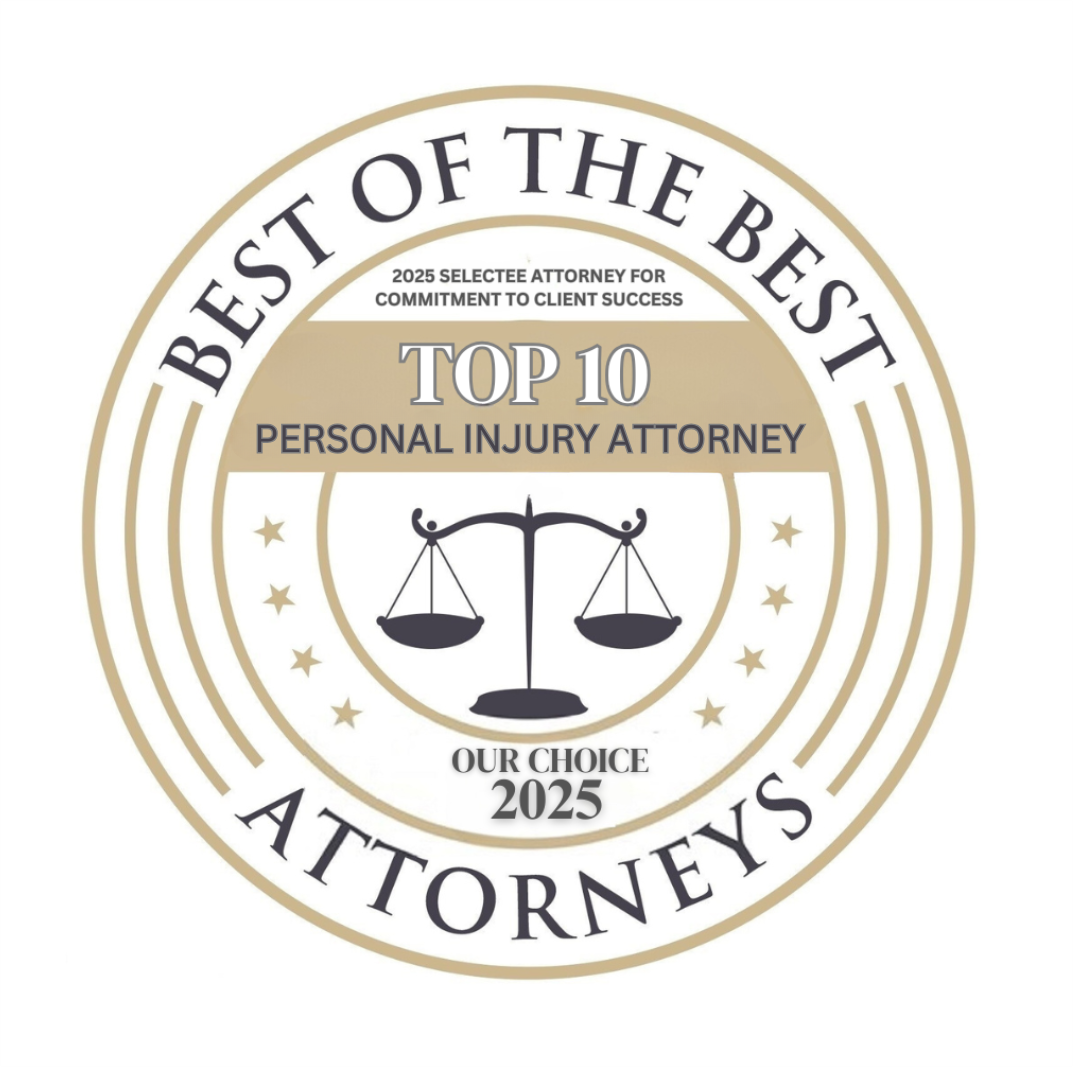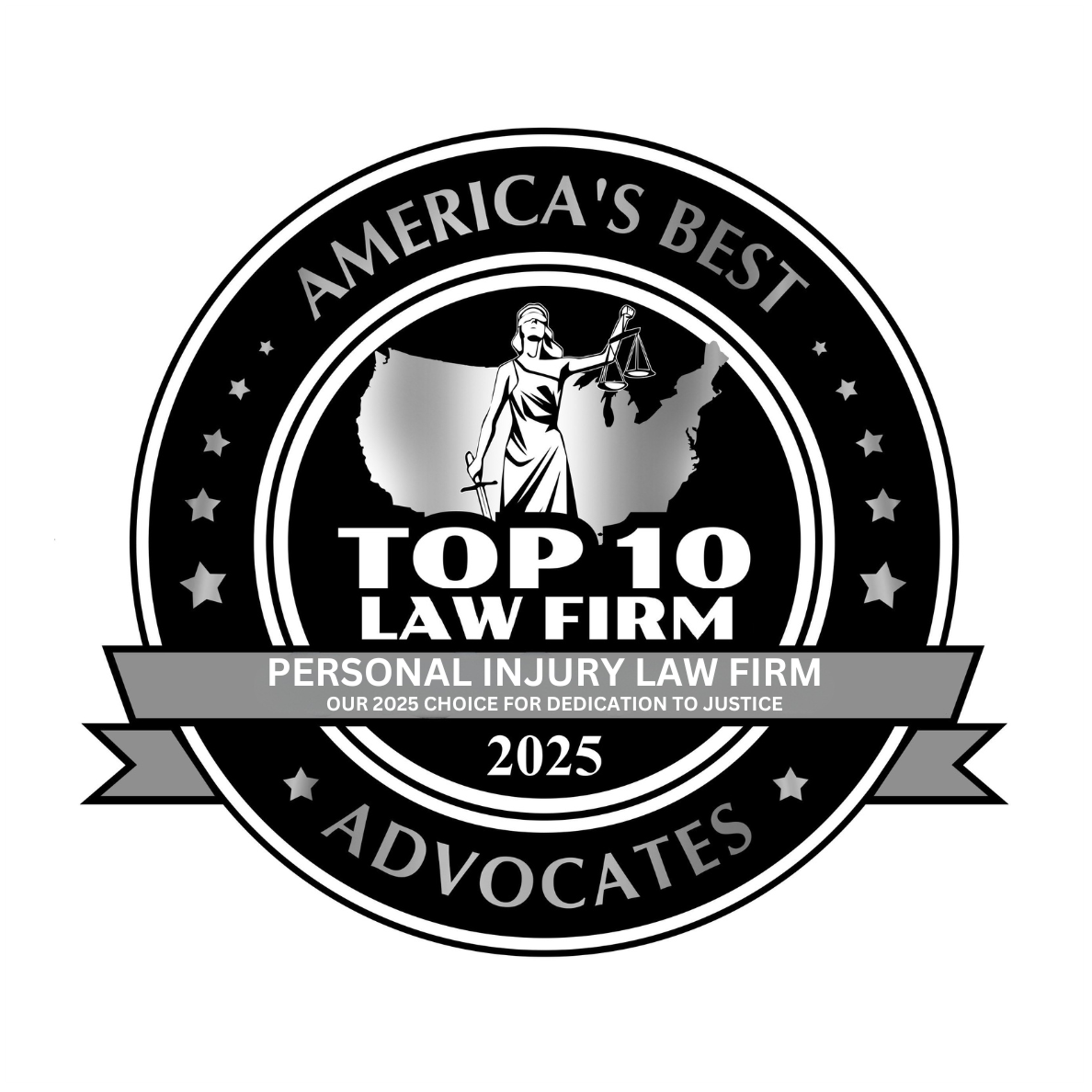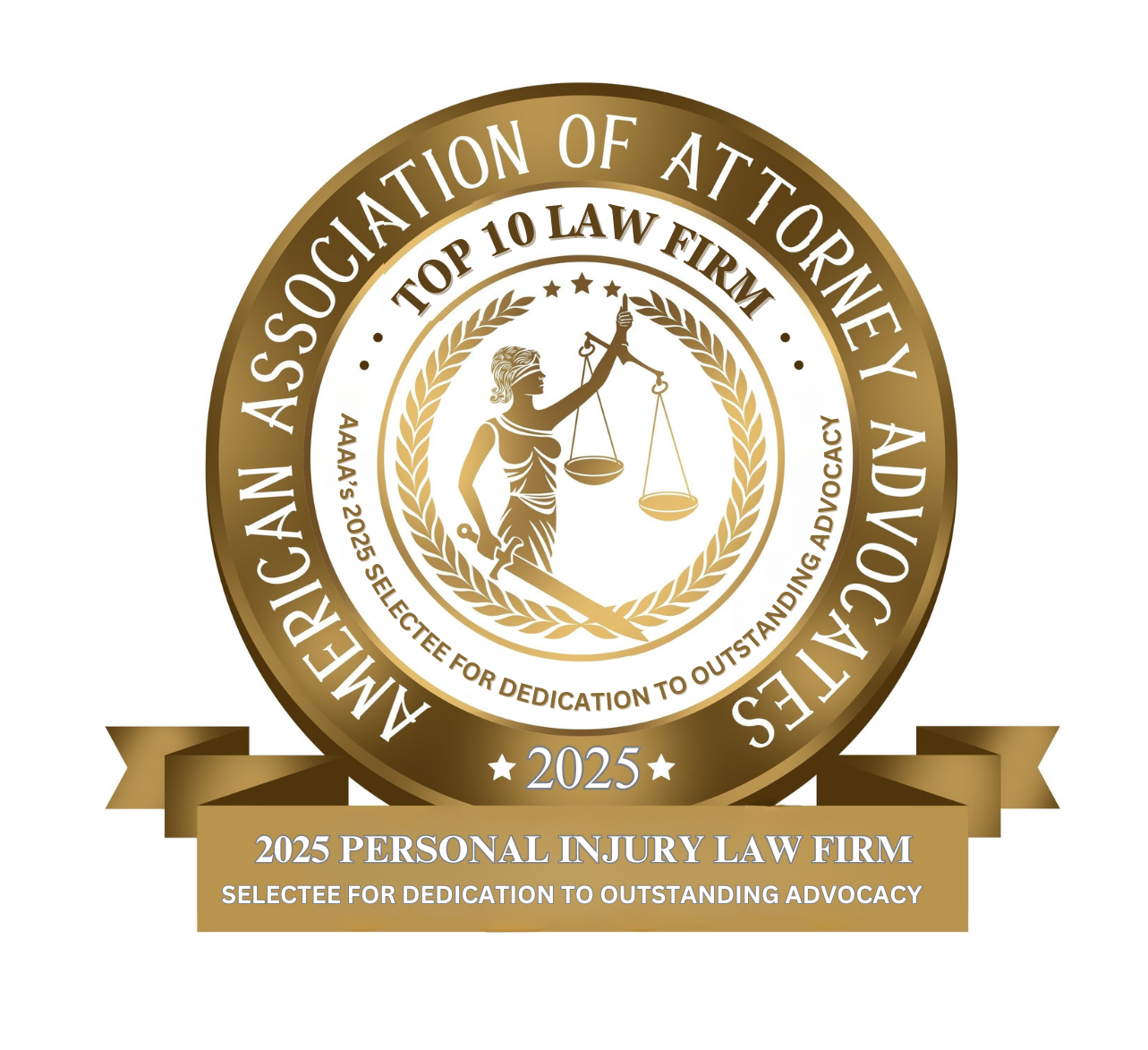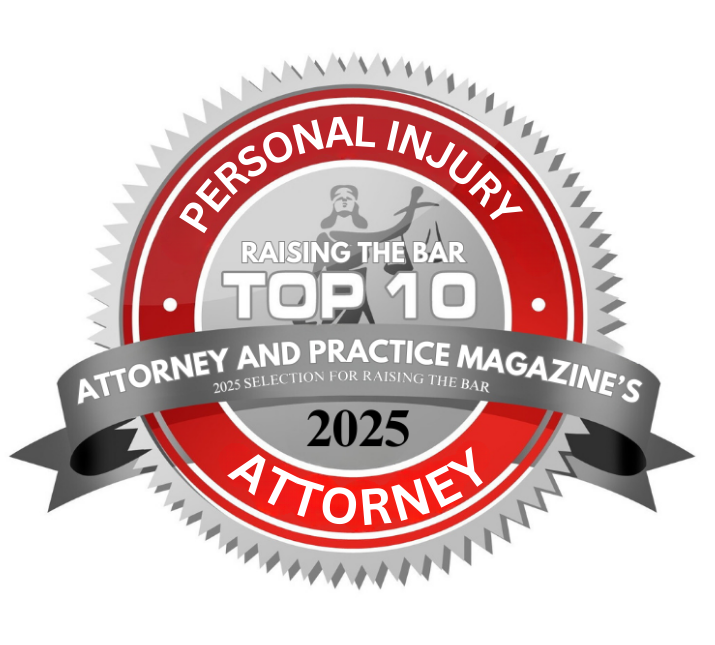- Free Consultation: (630) 527-4177 Tap Here to Call Us
The Role of Footwear in Slip and Fall Accidents
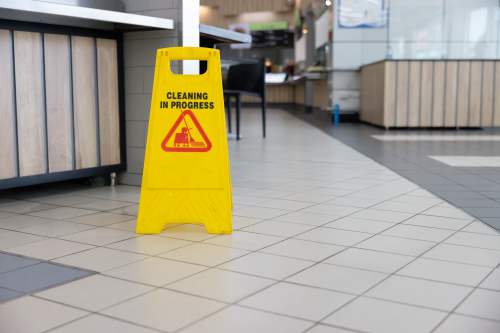
At John J. Malm & Associates, we understand that slip and fall accidents can have devastating consequences, leading to serious injuries, lost income, and mounting medical bills. While many people assume that these accidents are primarily caused by environmental factors like wet floors or poor lighting, one of the most overlooked contributors is footwear. In fact, the shoes you wear can directly impact your balance, traction, and stability, and ultimately, your risk of falling.
In this blog, we’ll explore how footwear contributes to slip and fall accidents, review key statistics and research, and offer practical advice for reducing your risk. Whether you’re at work, walking outdoors, or visiting a store, the shoes you wear could make the difference between safety and injury.
Why Footwear Choice Matters
Footwear acts as the critical interface between your body and the walking surface. Shoes that lack proper grip, support, or stability can significantly increase your risk of slipping, tripping, or falling. This is especially important in environments where floors may be wet, greasy, or uneven.
Some examples of risky footwear include:
- Dress shoes with smooth soles – minimal traction on tile or polished floors.
- High heels – shift your weight forward and impair balance.
- Flip-flops and sandals – provide poor foot support and limited grip.
- Worn-out shoes – lose tread over time and reduce friction.
Many slip and fall victims are unaware that their shoes may have played a role in their accident until it’s too late.
What the Research Says About Shoes and Falls
Scientific research has consistently shown a strong link between footwear and slip and fall incidents. In fact, in certain environments like hospitals or nursing homes, footwear has been identified as a major contributing factor in fall-related injuries.
The SSHeW Randomized Controlled Trial
One of the most comprehensive studies to date, the SSHeW trial, involved over 4,500 NHS healthcare workers in the U.K. Participants were randomly given either standard footwear or certified slip-resistant shoes rated 5-stars under the GRIP scheme. The results were striking:
- Slip rates were reduced by 37% in the slip-resistant footwear group.
- Slip-related falls were cut nearly in half (49% reduction).
- Time to first reported slip was significantly delayed in the intervention group.
This large-scale study clearly demonstrated that proper footwear can make a measurable difference in preventing injuries.
Nursing Homes and Elderly Falls
Falls among the elderly are particularly dangerous. In a study, researchers examined video footage of falls in long-term care facilities. Out of the 224 falls where footwear was known:
- 43% occurred while wearing slippers or sandals.
- 35% occurred in socks.
- Only 7% occurred while wearing shoes.
Socks and slippers, while comfortable, often lack adequate grip and support, leading to instability, especially on slick surfaces. These findings reinforce the need for well-fitted, slip-resistant shoes in elder care environments.
Footwear and Slip and Fall Accident Liability
In Illinois, property owners and businesses have a legal duty to maintain reasonably safe premises. However, in many personal injury claims, the defendant may raise the issue of comparative fault, suggesting that the injured person was partially responsible for the accident due to their choice of footwear.

Courts may examine:
- Whether the shoes were appropriate for the conditions (e.g., heels on ice).
- Whether the footwear was in good condition or excessively worn.
- Whether the person had alternatives (e.g., could have worn boots on a snowy day).
If you’re pursuing a personal injury claim after a fall, it’s essential to document the shoes you were wearing. Photos, purchase receipts, or maintenance logs (in work settings) can help counter claims of negligence or shared fault.
Footwear in High-Risk Work Environments
Certain jobs and industries present greater risks for slip and fall accidents. In these settings, employers should provide or require proper footwear as part of workplace safety programs.
Industries with high fall risk include:
- Food service: Greasy, wet kitchen floors require non-slip soles.
- Healthcare: Hospital workers often move quickly on slick floors.
- Construction and warehouse work: Uneven terrain and debris can increase fall risk.
- Cleaning and janitorial services: Constant exposure to water and chemicals.
In one NIOSH-sponsored study, when school cafeteria workers were given high-traction shoes, slip injuries dropped by 67%. This data reinforces the importance of providing appropriate footwear to workers in fall-prone environments.
Footwear Design Features That Prevent Slip and Fall Accidents
If you’re shopping for shoes and want to minimize your risk of falling, whether for personal safety or workplace compliance, look for these critical features:
- Slip-resistant soles: Ideally tested under wet, oily, or contaminated conditions.
- Deep treads: Grooves provide better grip, especially on uneven or slick surfaces.
- Firm support: Shoes should cradle your foot and prevent sliding within the shoe.
- Full coverage: Avoid sandals or backless shoes in environments where stability is needed.
- Proper fit: Loose shoes can cause trips; tight shoes can impair balance.
Shoes wear down over time. Many safety experts recommend replacing work shoes every 6–12 months, especially in high-traffic or hazardous settings. Tread wear and sole smoothness are major indicators that replacement is needed.
Special Considerations for Older Adults
For seniors, footwear is not just about comfort, it’s about safety and mobility. Because aging impacts balance, muscle strength, and coordination, older adults are especially vulnerable to slip and fall injuries. According to the CDC, over 36 million older adults fall each year, resulting in more than 32,000 deaths.
Recommendations for fall prevention in seniors include:
- Avoid walking in socks or slippers without grip.
- Choose shoes with low heels and rubber soles.
- Ensure footwear fits snugly and offers ankle support.
- Replace shoes regularly to maintain tread quality.
Caregivers and nursing facilities should inspect residents’ shoes regularly and provide alternatives if unsafe footwear is being worn.
Common Footwear Mistakes That Increase Fall Risk
Even well-meaning individuals may unknowingly put themselves at risk by choosing the wrong footwear. Some of the most common mistakes include:
- Wearing fashion shoes like heels or loafers on icy sidewalks.
- Walking in flip-flops on slick grocery store floors.
- Using athletic shoes with worn-down soles.
- Choosing slippers for quick errands or household chores.
These choices may be fine for short periods or the right conditions, but when surfaces become wet, oily, or uneven, the risk of slipping increases dramatically.
Real-World Example: Footwear and Legal Recovery
We represented a client who slipped and fell in a restaurant. The defense attempted to shift blame and argue that our client’s flip flop caused her to fall, but we provided documentation about the restaurant’s unsafe flooring to negate their defense. As a result, we were able to recover a six-figure settlement on the client’s behalf.
This is just one example of how a skilled Illinois slip and fall accident attorney can support your counter attempts to deflect liability.
What You Can Do to Stay Safe and Prevent Slip and Falls
Here are some steps individuals and businesses can take to reduce the risk of slip and fall injuries related to footwear:
Individuals:
- Choose shoes that are appropriate for the season and surface.
- Replace worn shoes and inspect soles for smoothness or damage.
- Avoid flip-flops, high heels, and loose slippers in high-risk areas.
Employers:
- Provide or require slip-resistant shoes for employees.
- Offer training on how to inspect and maintain footwear.
- Monitor floor conditions and cleaning protocols.
Care Facilities:
- Avoid allowing residents to walk in socks or worn slippers.
- Conduct regular shoe inspections.
- Invest in fall prevention strategies that include proper footwear.
Contact John J. Malm & Associates for Help After a Slip and Fall Accident
If you or a loved one has suffered injuries in a slip and fall accident, don’t wait to take action. At John J. Malm & Associates, we understand the complexities of slip and fall accidents and how even something as simple as your footwear can impact your case. Whether the fall occurred at a business, workplace, or care facility, our experienced Illinois slip and fall attorneys are here to help you recover the compensation you deserve.
We will carefully investigate the circumstances of your accident, work with experts when needed, and fight back against unfair claims of comparative fault. Slip and fall accidents are preventable, and when negligence is involved, those responsible must be held accountable.
Contact us to schedule a free consultation. Let us help you get back on your feet.






